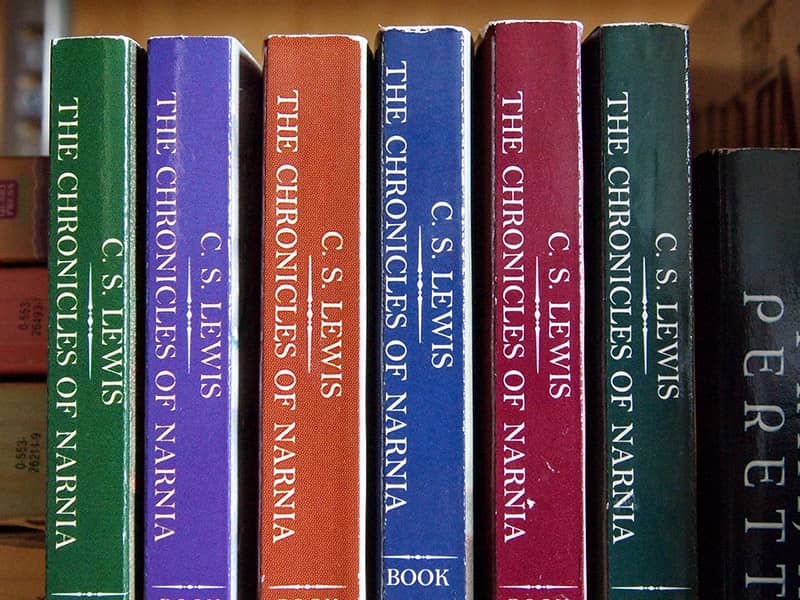That doesn't mean all prayer is alike. In "The Way We Pray: Prayer Practices from Around the World," Maggie Oman Shannon explores prayer from different faith traditions. "The Way We Pray" (Conari Press, 2001) is an alphabetized guidebook of prayer practices. Shannon delves into 50 different prayer rituals, providing guidance, examples, and suggestions for exploring prayer, from working with angels to journal-writing to the ecstatic chanting of Taize.
With each prayer practice, "The Way We Pray" provides historical background on the development and original intention of the prayer practice. Written in a simple, direct style, Shannon offers readers a lesson plan in the mystery of prayer in the amulets of the Hindu Ganesh, the prayer flags of Tibetan Buddhism, and the vision quests of Native Americans. Some of these cultures distinguish little between religion and prayer; you can't study one without learning about the other. In this way "The Way We Pray" becomes a great overview of world religion.
It also invites the wandering soul to graze from a multi-faith prayer menu. "Everything we do has the potential to be prayerful," writes Shannon, and her compendium proves her point: fasting, writing haiku, walking a labyrinth and fingering prayer beads all are equally practical, if not necessarily popular, ways to savor one's connection to the Divine. Shannon is sometimes a bit insistent on the uniformity of the Spirit and too often connects non-Christian practice to a Bible verse, as if to justify the spiritual validity of the practice. This compromises the integrity of non-Christian faiths. But overall, "The Way We Pray: Prayer Practices from Around the World" is a great resource for adding some spice into one's contemporary prayer ritual.
Prayer never loses the promise of comfort, but we can lose our ability to access the comfort. Most of us inherit our prayers by rote learning when we were young. Sharing prayers with all others in our tradition is part of the majesty of prayer, and the meditative quality of repeating familiar words may even have medical benefits. But like all routines learned long ago, the wonderment and intention behind prayers can fade with familiarity, or with a sense of obligation--like flossing.
If the standard prayers have become meaningless mumblings, it maybe time to re-examine your practice. "Surrendering to God," a new book by Methodist pastor Keith Beasley-Topliffe addresses the intention (why we pray) and the attention (how we pray). Beasley-Topliffe has adapted his own introspective journal on his struggle to surrender to faith, using a prayer of submission, the Covenant Prayer, as a guide to reflect upon the travails of his spiritual formation. The Covenant Prayer is a traditional Methodist prayer developed in Britain from the words of the 17th century Puritan minister, Richard Alleine.
This hunger, says Beasley-Topliffe, can even infect our worship. "God is inviting us to surrender even to our attachment to Gods' blessings," he writes. "Why? Because we can get so caught up in enjoying the feelings of reassurance, love, forgiveness, and closeness that we begin to pray in order to get the feelings and not to be close to God. We can become blessing junkies, eager for our next fix of prayer."
"Surrendering to God" also conducts a dialogues with Thérèsa de Lisieux, Richard Alleine, John Wesley, and Bernard of Clairvaux, all classic writers on surrender. These voices come as a relief in this time of the self-aggrandizing, `name it and claim it', petition of the prayer of Jabez. "Surrendering to God" is a charge to relinquish control, eschew delusions of independence, and yield to a submission-centered faith. Though loaded with Methodist references, "Surrendering to God" provides spiritual direction for anyone of any faith who desires deeper reflection on prayer.
Learning to listen to God is as important as having something to say. In prayer, this form is call contemplation. Contemplation is giving absolute attention to God's presence--communicating without words or demands. As Thomas Keating puts it, "the root of contemplative prayer is silence, being in communion with the Divine in an attitude of speechless reverence."
Another new book on prayer, "The Divine Indwelling: Centering Prayer and Its Development" (Lantern Books, 2001), is a hodge-podge of different writings on the contemplative prayer of Christianity, known as centering prayer. Centering prayer was a major spiritual-formation practice during the first 16 centuries of the Christian church. After the Reformation, centering prayer was prohibited in some Protestant churches for being too self-determined.
Organized loosely (and sometimes confusingly) around the theme of development, the six essays in "The Divine Indwelling" move from centering prayer's role in personal development, and ecclesial development. It also tells the history of centering prayer's development as an outreach movement. Although all the essays are interesting, the two by Abbot Thomas Keating, the progenitor of centering prayer's resurgence in Christianity, that are the most poignant. In the 1970's, Keating along with two other Trappist monks from the Catholic St. Joseph's Abbey in Spencer, Mass. began a crusade to revive contemplative prayer.
Keating's writing gracefully expands the focus and attention of contemplation and connects contemplative prayer to the forefathers of the Gospel and the early Christian traditions of Saint Teresa of Avila and Saint John of the Cross. He expounds on the process of lectio divina, (meaning "spiritual reading" in Latin) as a discernment tool, allowing reflection on certain passages to guide prayer.
Prayer, the ancient common thread to every religion, may be more important now than ever. Whether you choose Shannon's multifaith approach, or stick to your faith's traditions, prayer can provide hypnotic, serene succor for the stressed and the information-burdened at the beginning of the 21st century.

